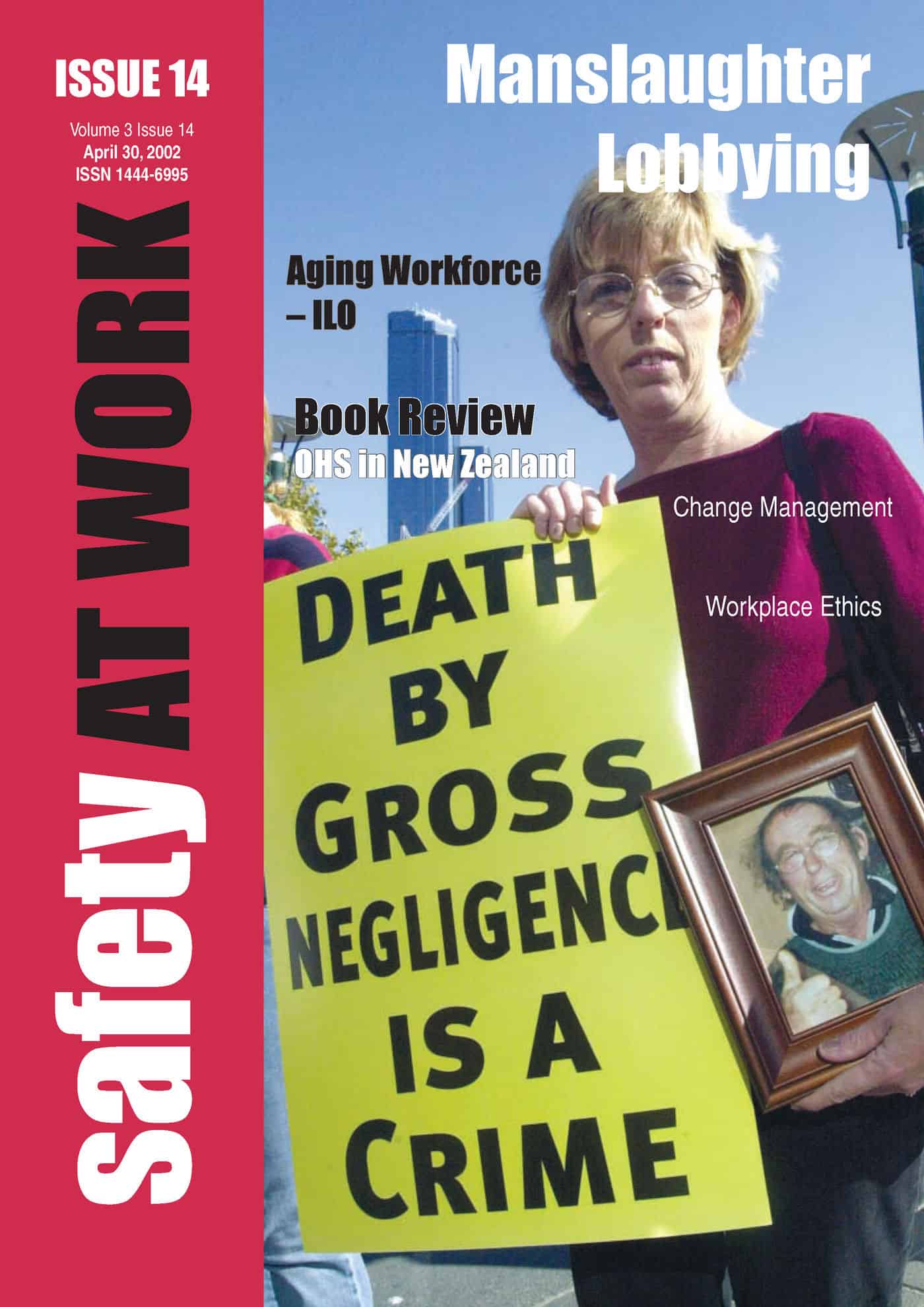According to a Reuters report available on-line on 20 August 2009:
“The former manager of a Buenos Aires nightclub has been sentenced to 20 years in jail over a fire that killed 194 people, the deadliest blaze in Argentine history.
The court’s decision at the end of a year-long trial was met with spontaneous outbursts of violence among relatives of the victims, with police using water cannons to disperse rioters.”
One of the most popular blog articles at SafetyAtWorkBlog over the last month – the Santika fire article – provides a useful contrast to the Buenos Aires prosecution and some practical risk control measures.


 The policy has been allowed to fade from the books of most of the Australian left-wing parties but for a while, corporate manslaughter was THE issue. In fact over the last 10 years, it has been the only time that directors and CEOs from thousands of companies have paid serious attention to safety management.
The policy has been allowed to fade from the books of most of the Australian left-wing parties but for a while, corporate manslaughter was THE issue. In fact over the last 10 years, it has been the only time that directors and CEOs from thousands of companies have paid serious attention to safety management.